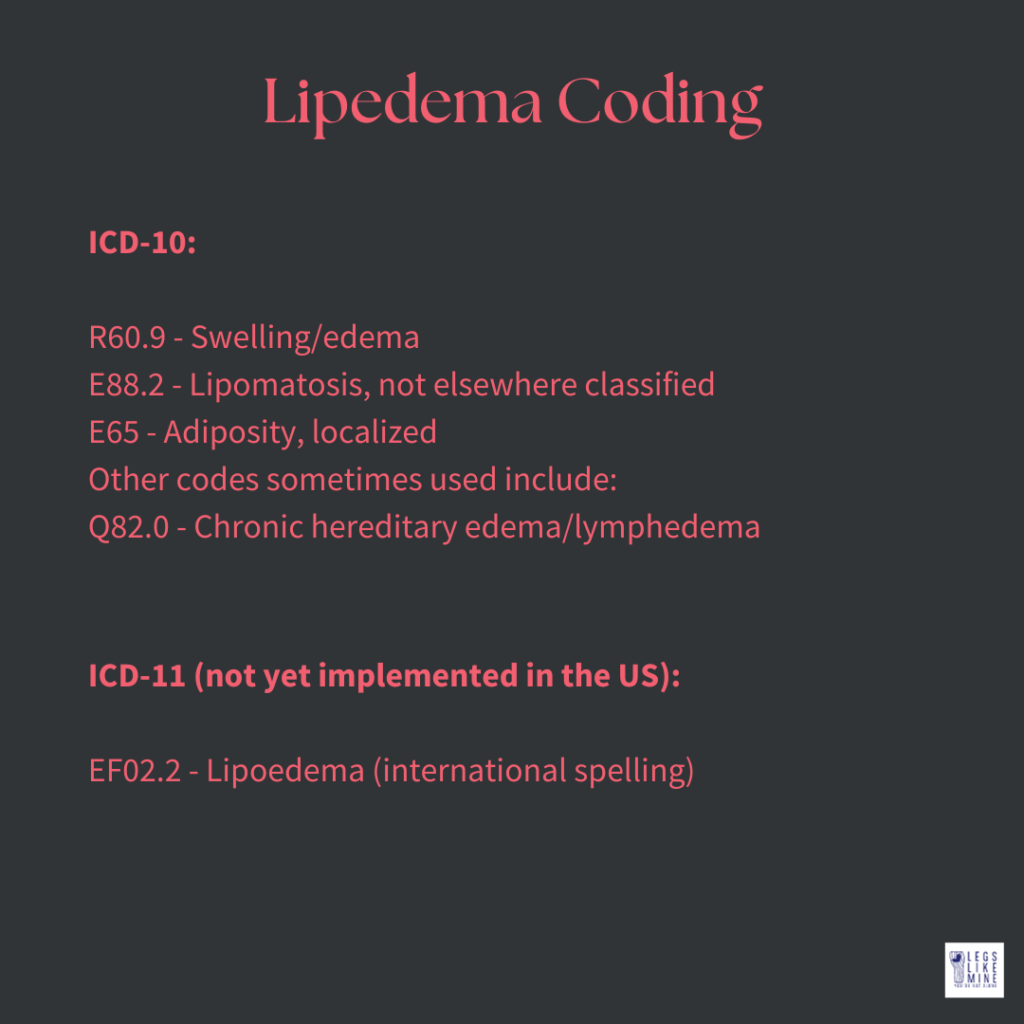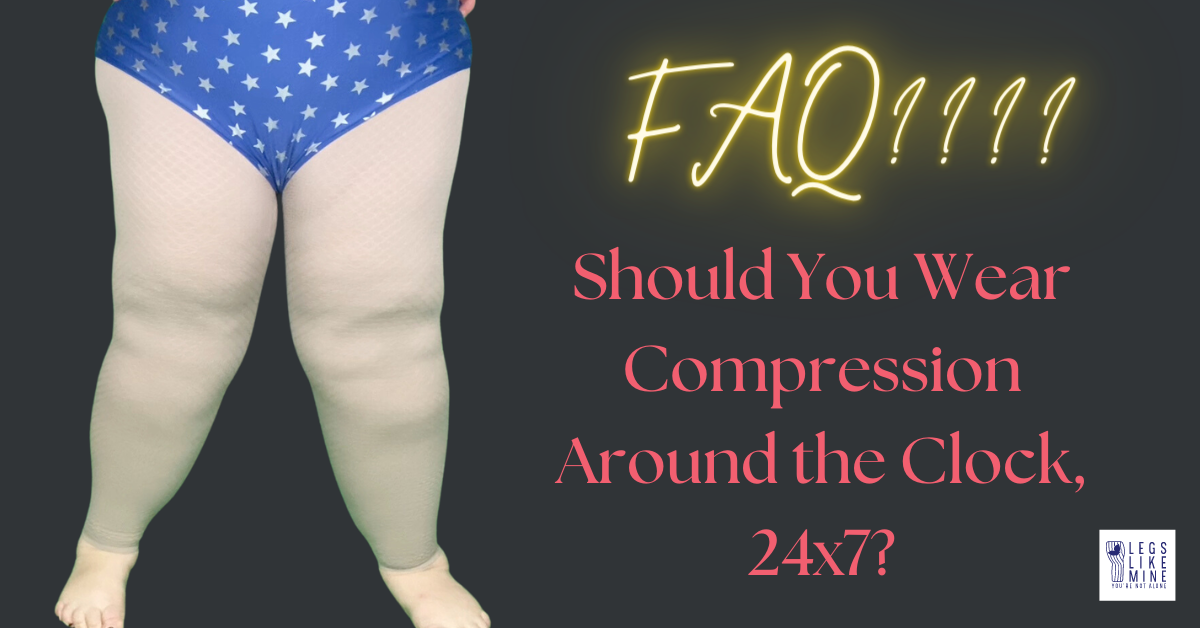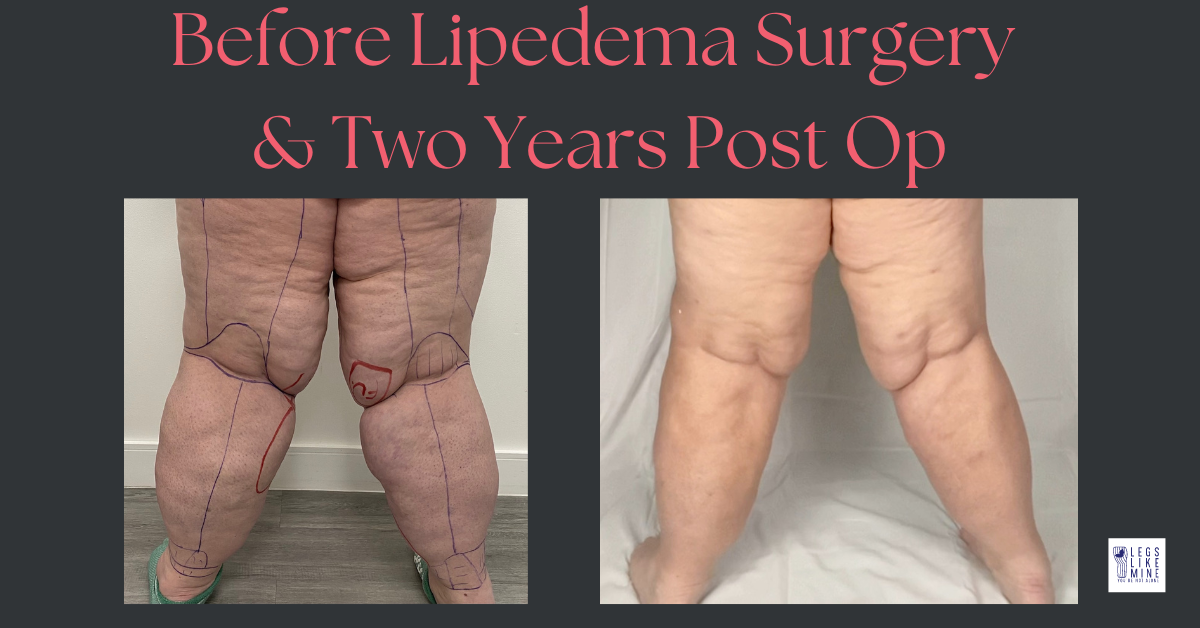Hi friends,
I get this question all the time, especially in the online forums: Who Can Diagnose me with Lipedema?
In a nutshell, diagnosis in the United States is done by these folks: Medical Doctors (MD), Osteopathic Doctors (OD), Nurse Practitioners (NP), and Physician’s Assistants (PA). In some states Naturopathic Doctors may diagnose or prescribe medications (under the supervision of an MD or OD).
What Specialist Do I Need to Visit for Diagnosis?
According to the Lipedema Foundation, “no one specialty ‘owns’ the diagnosis and treatment of the condition,” and “formal training for lipedema is not mandated or prioritized in most medical specialties.” In fact, the only specialties that are trained formally or who are tested about lipedema are the American Board of Obesity Medicine in its certification exam question bank and the American College of Cardiology, which includes knowledge of Lipedema among the competencies that are expected of practicing vascular medicine specialists. (Source Lipedema Foundation. Lipedema Research Roadmap 2023)
Well that’s confusing, Who Do I see?
Basically any MD, OD, NP or PA can diagnose you. The challenge will be finding a doctor or clinician who knows about lipedema. I recommend highly that you come to your appointment seeking diagnosis with a list of diagnostic criteria, such as this blog post from the Lipedema Foundation.
What Blood Tests Confirm Lipedema?
There is no blood test or pathologic test that can diagnose or confirm a diagnosis of lipedema. Your doctor may do blood tests to look at your overall health or to eliminate other conditions but cannot diagnose lipedema at this time with any tests. So the diagnosis is based on clinical criteria.

Codes from the International Classification of Diseases
What is the Role of Therapists on Treating Lipedema?
There are several kinds of therapists that may be able to assist you with lipedema therapies including Complete Decongestive Therapy, compression fitting, and skin care, and then therapies for increasing strength in joints and muscles in affected areas. Certified Lipedema Therapists (CLTs), Occupational Therapists, and Physical Therapists can be important parts of the treatment team. They can not only provide treatments for the patient but can teach the patients how to take care of themselves for times when they aren’t in clinic.
Who Can Prescribe a Treatment Plan for Lipedema?
So whoever is doing the treatment for you provides the treatment plan. This might be a certified lymphedema therapist, a physical therapist, or an occupational therapist. The prescriber approves the treatment plan and then verifies that the treatment is medically necessary, which is key for reimbursement and may be subject to other conditions. But check this out. Not everyone has access to therapists, and many women cobble together their own treatment plans based off of information they find on the internet and in books. This may be because they live in an area where they don’t have access to therapy, or their insurance won’t pay for the treatment by a professional. In some cases the doctor themselves can give you a treatment plan, especially heavily focused on conservative at-home therapies.
Who Enacts the Treatment Plan?
Just like the planning portion where therapists can help, they can only do so much. I cannot stress enough the importance on self-care in management of lipedema. This is the most consistent portion of lipedema treatment so the weight of management of lipedema falls on the patient. For information on conservative things, you can do at home, check out lipedema.com’s list.
I hope this information is helpful to someone who’s struggling to get started in figuring out their condition. For more information, I suggest looking at lipedema.com and the Lipedema Foundation’s websites.
Until next time, do what you can to help others.
Susan










